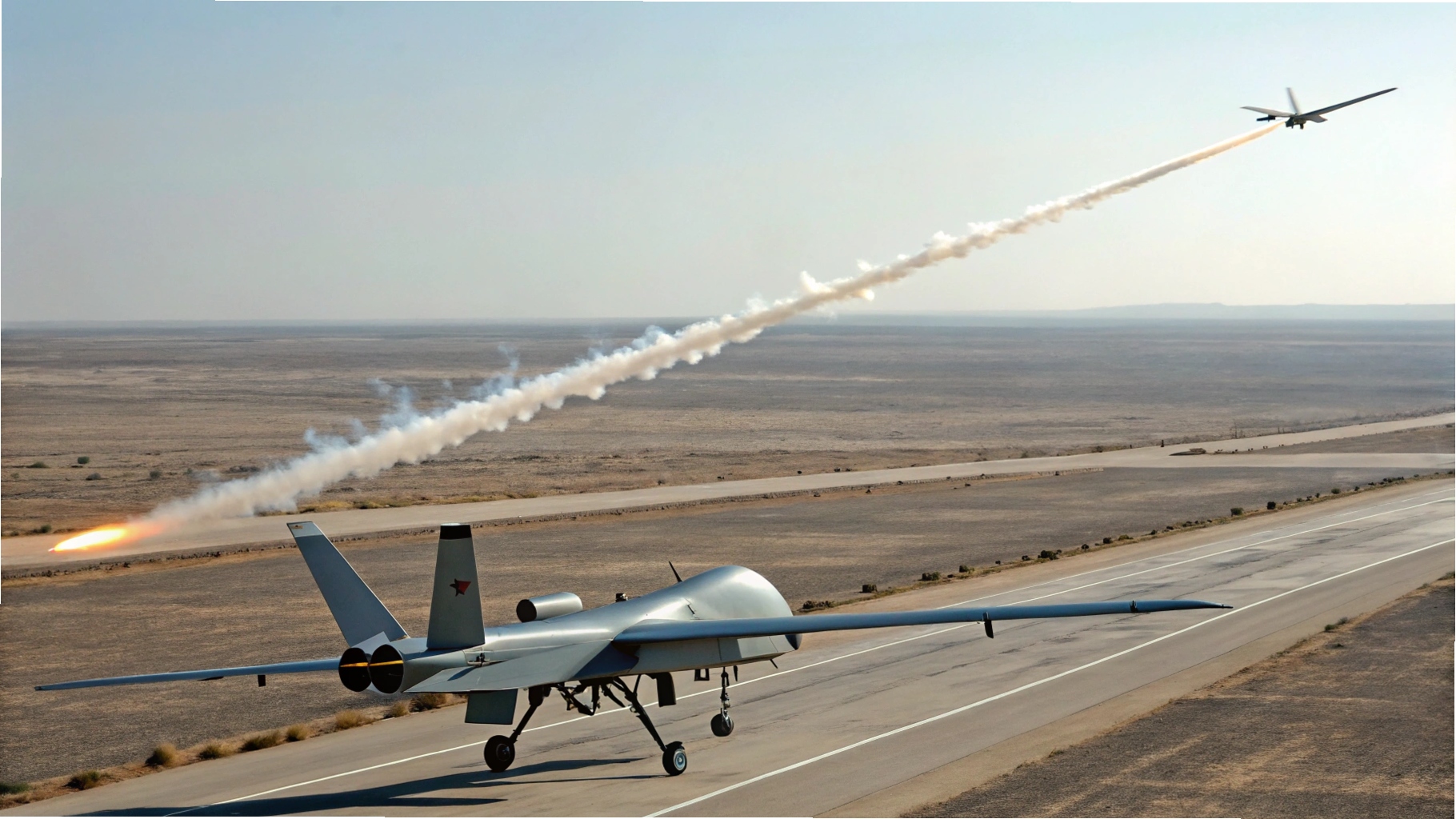
The UK has accelerated deliveries of a substantial consignment of Lightweight Multirole Missiles (LMMs), commonly called Martlet, to Ukraine — arriving roughly five months ahead of schedule. This shipment is part of a larger £1.6 billion agreement struck earlier this year to supply more than 5,000 Thales-produced missiles from the company’s Belfast plant. Officials framed the milestone not only as a short-term reinforcement of Ukraine’s air defense inventory but also as a boost to the U.K. defense-industrial base: the expansion of the missile program has generated around 200 new jobs while supporting an additional roughly 700 positions across the country. The Martlet family is a compact, laser-guided weapon boasting a range in excess of 6 kilometers and performance that can approach Mach 1.5. Designed for launch from land, air, or maritime platforms, the missile is intended to engage diverse targets such as light armor, shore-fast attack craft, critical installations, and unmanned aerial systems. According to British officials, hundreds of LMMs previously delivered to Ukraine have been employed to neutralize large numbers of hostile drones and other aerial threats, underscoring the operational value of widely deployable precision effects in the conflict. Complementing munitions deliveries, the UK and Ukraine are cooperating on next-generation defensive technologies. The LYRA program emphasizes joint development of battlefield systems such as interceptor drones, while Project OCTOPUS envisions mass production of thousands of interceptor drones per month. Together, these efforts signal a dual-track approach: rapidly supply proven weapons now while simultaneously building an indigenous and allied-enabled capability to produce defensive systems at scale. The integration of weapons deliveries with cooperative technology programs is designed to reduce Ukraine’s battlefield vulnerability over time, create sustained industrial employment in the UK, and deepen technical collaboration between London and Kyiv. The early delivery underlines a strategic imperative to balance near-term operational needs with longer-term resilience through industrial partnership and capability development.




